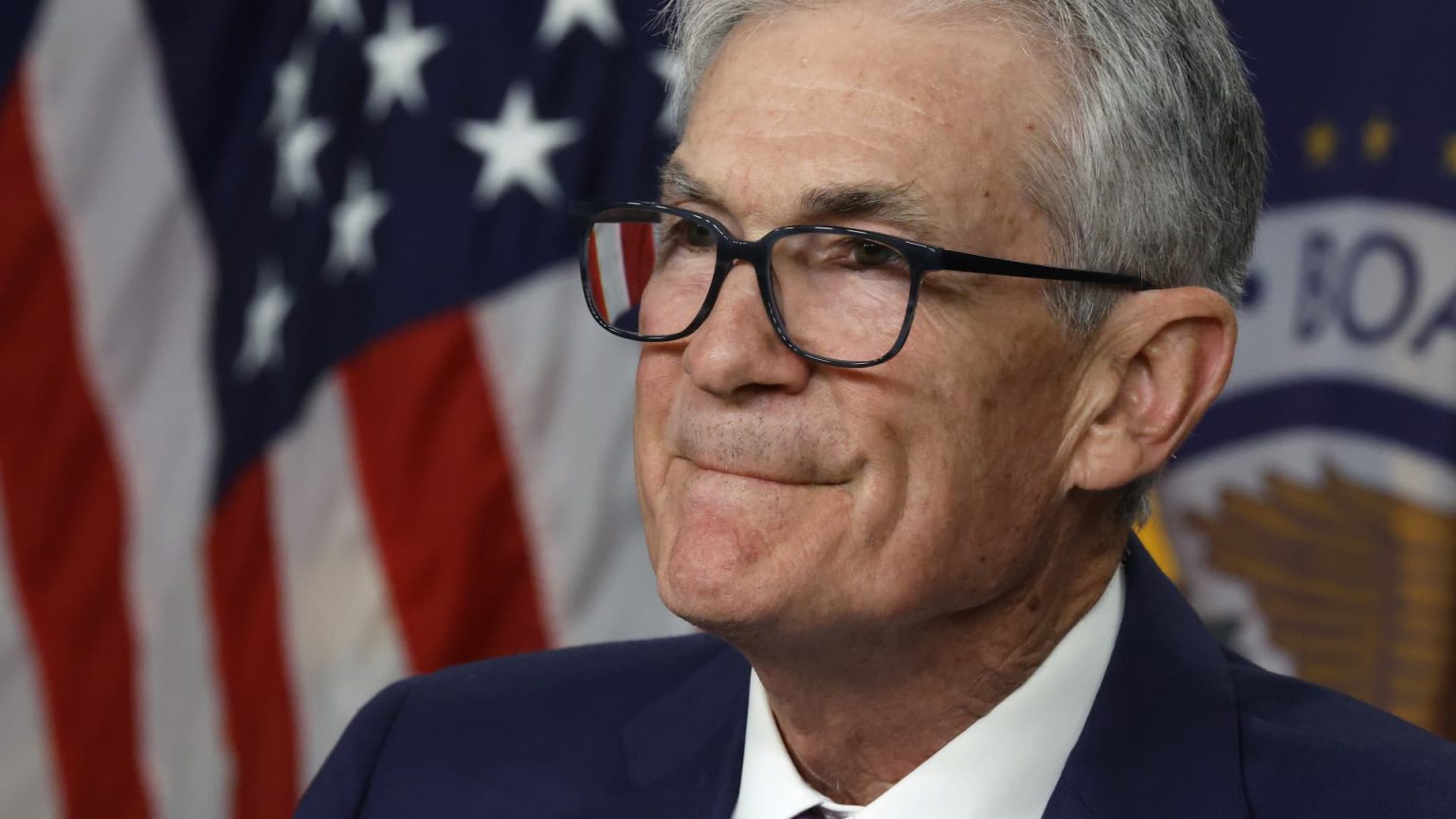Federal Reserve Chair Jerome Powell recently spoke at the annual general meeting of the Foreign Bankers’ Association in Amsterdam, marking his first public address since the Federal Open Market Committee decided to keep its benchmark interest rate steady. The committee has maintained this rate since July 2023, citing concerns about inflation not showing enough evidence of moving towards the Fed’s 2% annual target. Recent data has indicated that prices at both the consumer and wholesale levels are higher than expected, with consumer sentiment reflecting elevated short-term expectations.
Despite ongoing concerns about inflation, markets are anticipating that the Fed will lower rates later this year to stimulate economic growth. Powell stated after the FOMC meeting that he believes it is unlikely for rates to increase at this point. The decision to keep rates steady was driven by a perceived “lack of further progress” on inflation, signaling the central bank’s commitment to closely monitoring economic indicators and adjusting policy as needed. This cautious approach reflects the Fed’s efforts to support sustained growth while also keeping inflation in check.
Wall Street is currently divided over predictions for how many times the Fed will cut rates in the coming months. Uncertainty around economic conditions, combined with conflicting data on inflation and consumer sentiment, has created confusion among investors and analysts. The expectation of lower rates stems from a broader trend of central banks worldwide moving towards accommodative policies to combat global economic challenges. Powell’s recent statements suggest that the Fed is closely attuned to these external factors and will act accordingly to support stability and growth.
Consumer sentiment has taken a hit as fears of inflation continue to rise, reflecting a growing unease among the public about the affordability of goods and services. Despite positive economic indicators such as low unemployment and strong consumer spending, the specter of inflation looms large as a potential threat to overall economic stability. The combination of rising prices and uncertain rate decisions from the Fed adds to the complexity of the current economic landscape, with investors and policymakers alike navigating a shifting landscape of risks and opportunities.
Powell’s address to the Foreign Bankers’ Association in Amsterdam provided insight into the Fed’s current stance on interest rates and inflation, shedding light on the central bank’s priorities and concerns. By maintaining a steady rate and closely monitoring inflation indicators, the Fed aims to balance economic growth with price stability. As market expectations for rate cuts persist, the Fed faces challenges in communicating its intentions clearly while adapting to evolving economic conditions. With ongoing uncertainty surrounding inflation and consumer sentiment, the Fed’s decisions will continue to be closely watched for their impact on financial markets and the broader economy.


